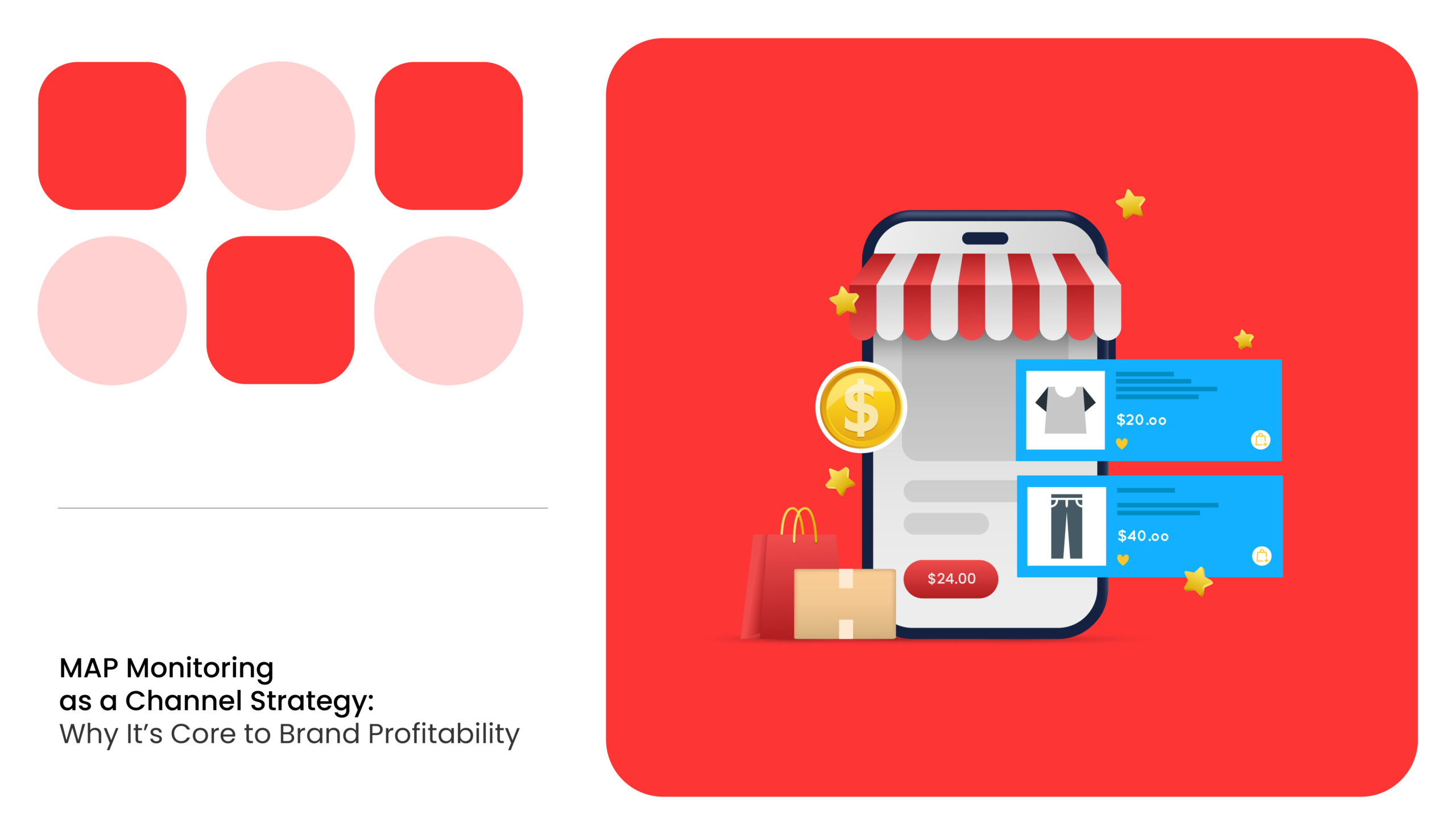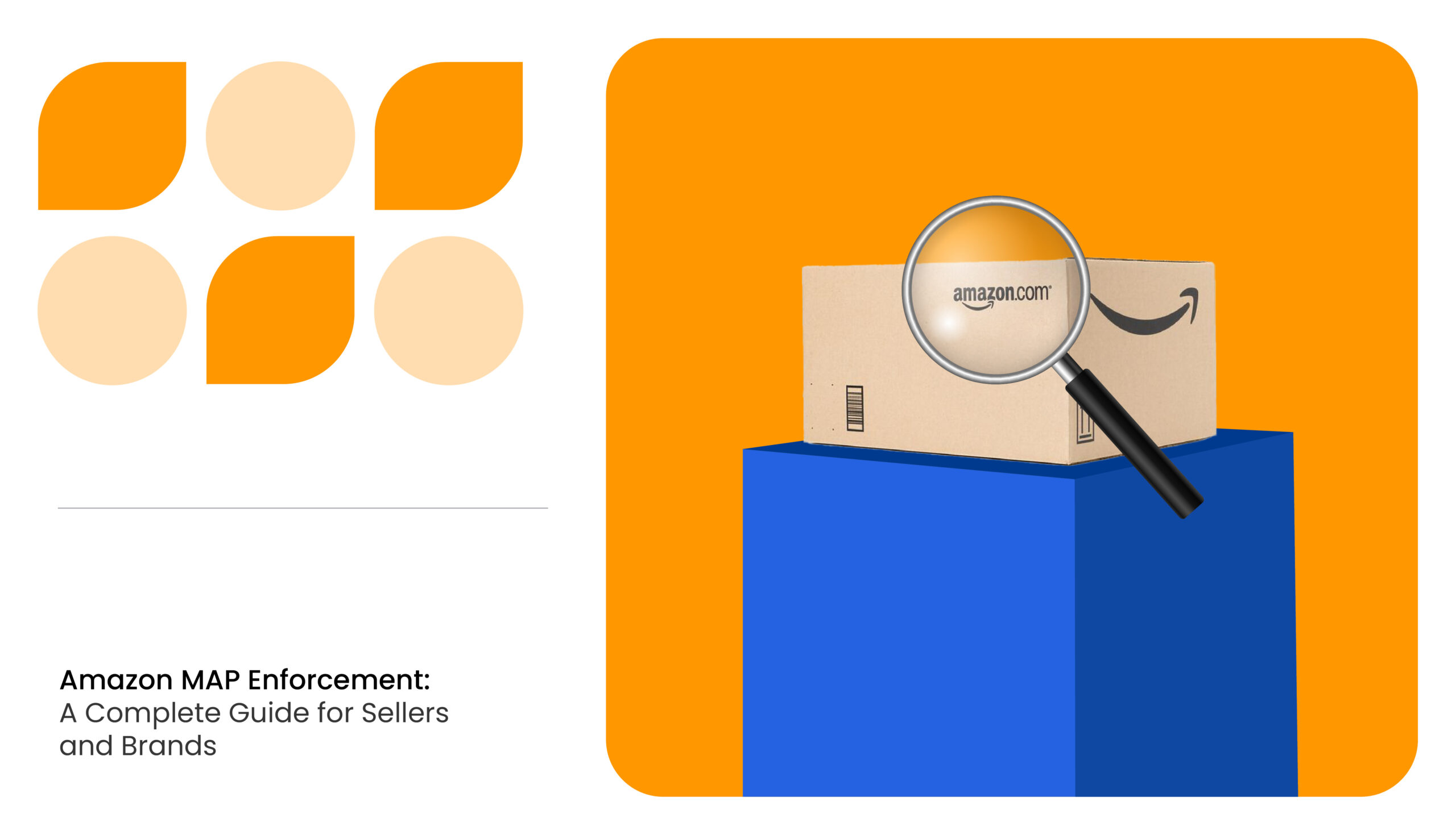The concept of Manufacturer’s Suggested Retail Price (MSRP) has been around since the early 20th century. Back then, just a few manufacturers suggested a selling price for their products.
Over time, with the rising demand for automobiles in the 1950s, car dealers engaged in enormous markups on vehicle prices. This led manufacturers to fix a retail price at which the retailers should sell. However, the practice of Resale Price Maintenance was strongly opposed by sellers.
By 1952, the first federal antitrust law, the Sherman Antitrust Act with the Clayton Act prescribed the rule of free competition in commerce. This Act prohibits manufacturers from selling their products at a definite price.
From then on, printing MSRP on packaged goods came into practice.
What is the Manufacturer’s Suggested Retail Price?
The Manufacturer’s Suggested Retail Price (MSRP) is a fair price the manufacturers recommend to the sellers. However, the sellers are not bound to use the recommended price as the retail price. They are free to sell products either above, at, or below the MSRP. The alternate names for MSRP include:
- List Price
- Recommended Retail Price (RRP)
- Suggested Retail Price (SRP)
- Sticker Price (commonly used in the automobile segment)
On the e-commerce front, different retailers depict the savings customers make when buying an item through them in many ways. 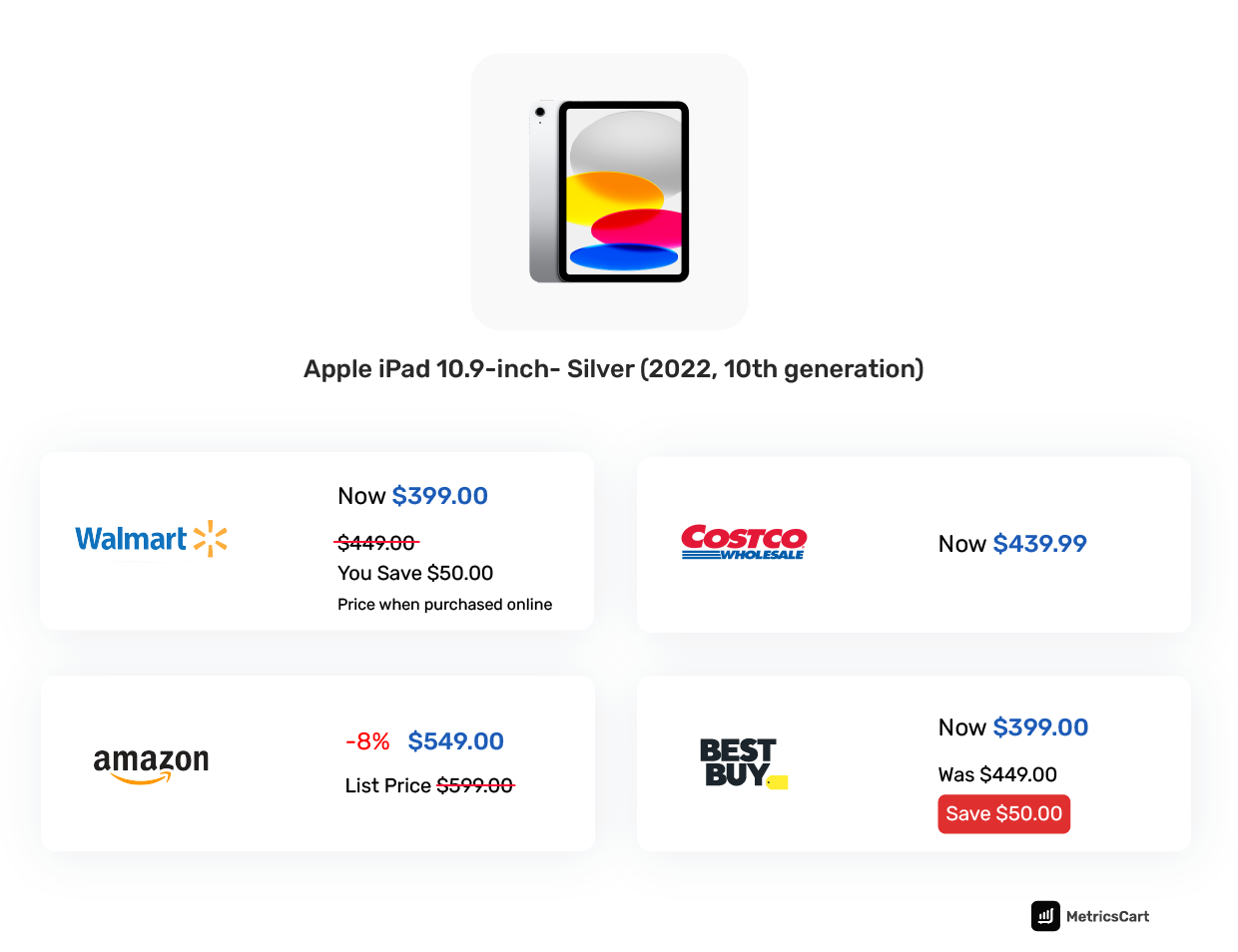
- On Amazon, the seller strikes the “list price” (MSRP) or “typical price” (determined using the 90-day median price paid by customers), and displays the new price along with a percentage-off display.
- Walmart shows savings in dollars with the new price. Next to the new price is the strikethrough price (that refers to MSRP, Was price, or a bundle price).
- Best Buy highlights the savings in dollars in red along with the “Was price” (the previous sale price) and the sale price.
- Costco displays the online price, the price in dollars they have reduced, and your price, which is the new sale price.
What is the Purpose of MSRP?
MSRP serves two purposes:
- MSRP is a baseline price that includes the margin for the manufacturer, the wholesaler, and the retailer. This helps manufacturers maintain consistent pricing on all their products sold through the retailers.
- Some retailers charge customers way more than MSRP when the demand for an item exceeds the supply from the manufacturer. Hence, having a suggested retail price in place helps to create awareness among customers.

How is MSRP Calculated?
Manufacturers recommend a retail price factoring in the costs related to R&D, production, labor, marketing, distribution, additional overhead, and profit margin for retailers. 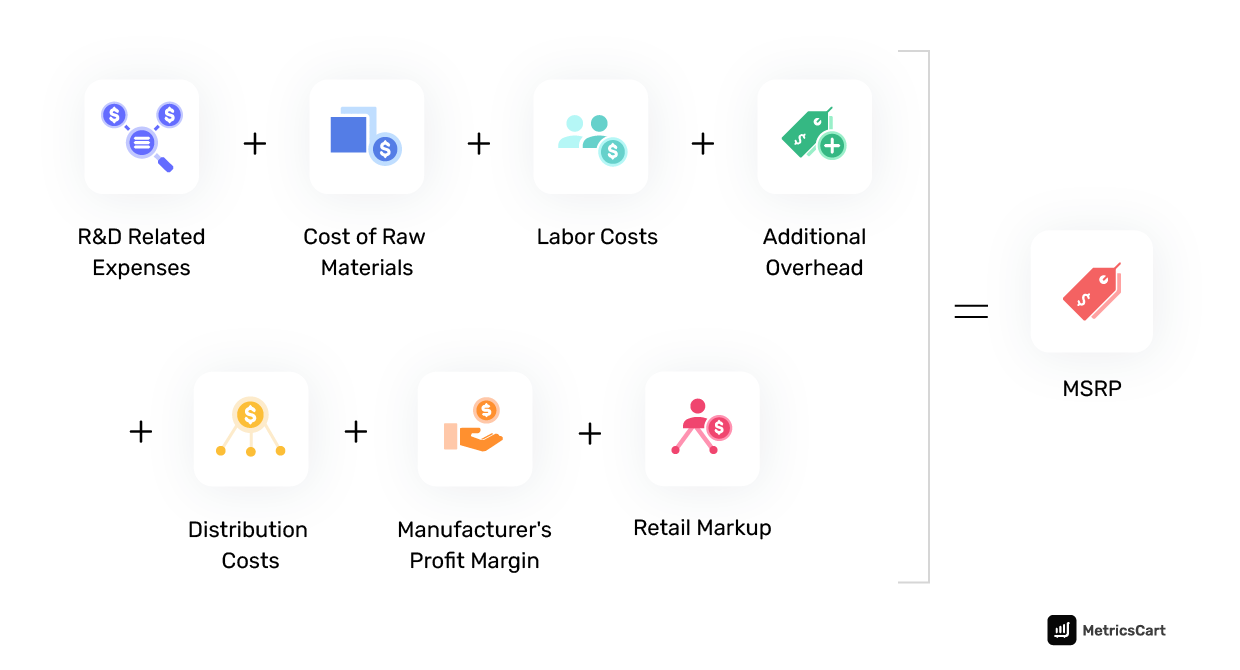
MAP vs. MSRP: What is the Difference?
MSRP and MAP are pricing benchmarks set by manufacturers to strike a balance between flexibility for retailers to sell at a price they wish and maintain control over how their products are priced and perceived in the market.
- Retailers to build pricing strategy around the recommended price
- Prevent stark variation in prices among retailers
- Promote competition among third-party sellers
- Customers to evaluate the gains they make when a product is on a discount
- Customers to compare and negotiate with retailers knowing the base price suggested by the manufacturers
Recently, US Senators Dick Durbin and Chuck Grassley reintroduced a bill on Drug-price Transparency for Consumers (DTC). The Act requires pharmaceutical companies advertising their prescription drugs online or on television to disclose their MSRP. The bill highlighted how this empowers consumers to make informed choices.
These advertised medicines are usually costlier than other alternative medicines available in the pharmacy. Grassley emphasized, “Disclosing the list price of prescription drugs in advertisements can lead to competition and reduce spending on medications.”
On the other hand, the minimum advertised price or MAP is a legal mandate. Brands expect retailers to adhere to its MAP policy in all advertisements and product listings online or offline. It is not a pricing strategy but is meant to prevent price erosion.
Most brands have a strict MAP policy to protect the brand’s perceived value and maintain consistent pricing across all channels where the products sell. Displaying agreed MAP prices across all channels ensures fair competition among 3P sellers of a brand.
For instance, the minimum advertised price of the Hasbro board game Sorry is $8,49 and the MSRP is $11.99. There are five possibilities for how a seller may price the product on the listing page:
- Above MSRP
- At MSRP
- Below MSRP but above MAP
- At MAP
- Below MAP
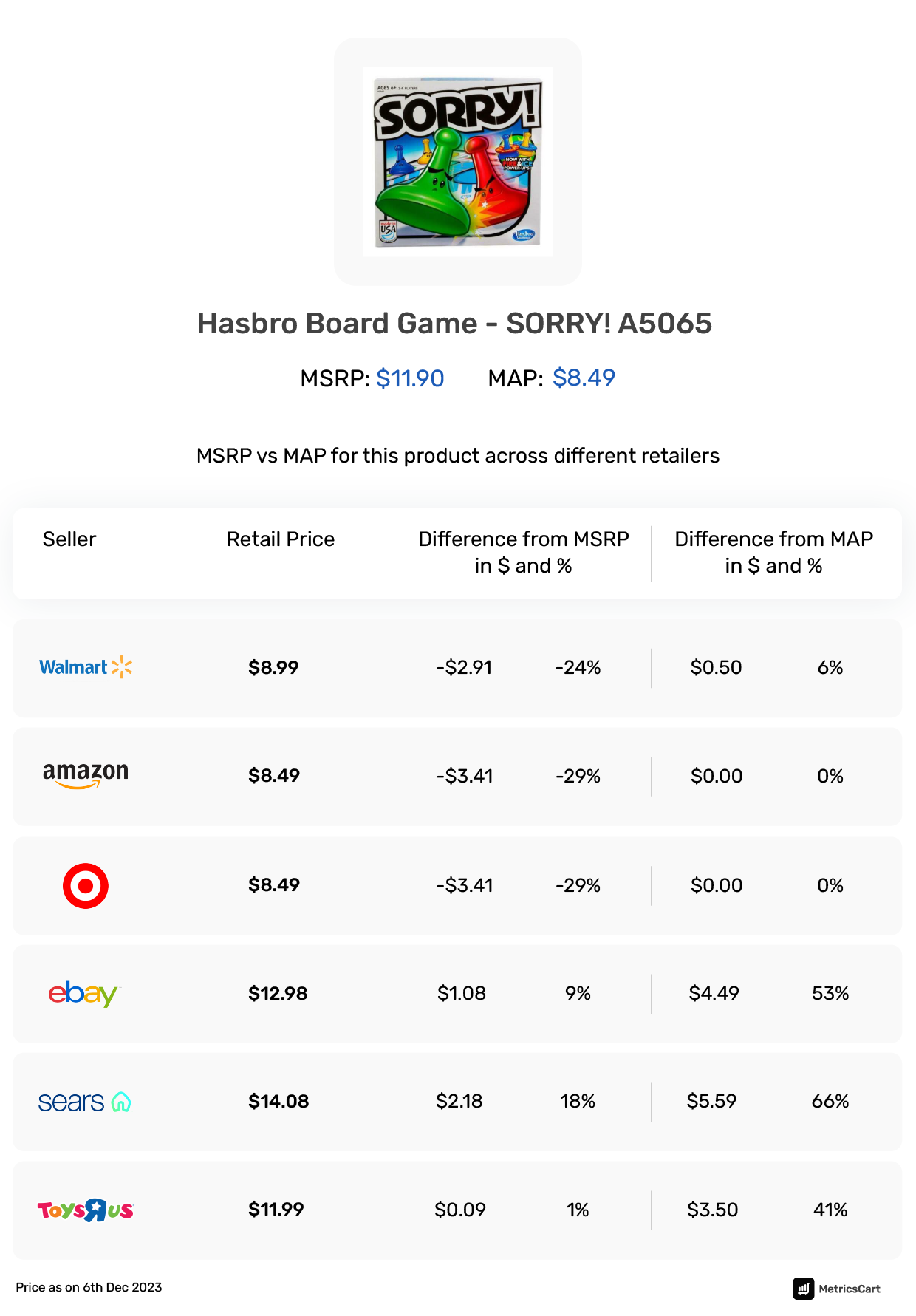 Retailers are free to price the products as they wish except below MAP. Advertising a retail price less than a company’s mandated MAP price anywhere on a product listing or promotional material to attract customers is considered a violation.
Retailers are free to price the products as they wish except below MAP. Advertising a retail price less than a company’s mandated MAP price anywhere on a product listing or promotional material to attract customers is considered a violation.
Read more: A Beginner’s Guide to MAP Enforcement in E-Commerce
Quick Summary of MAP vs. MSRP
| Feature | MAP | MSRP |
|---|---|---|
| Definition | Minimum Advertised Price | Manufacturer' Suggested Retail Price |
| Purpose | Control advertised pricing to prevent price erosion | Provide guidance to customers and new retailers by suggesting a price |
| Advertised Price Control | Imposes restrictions on the minimum advertised price | Does not impose restrictions on advertised price |
| Retailer Selling Price | Can be sold at any price; restrictions only on advertising | Can be sold at any price, including below or above MSRP |
| Enforcement | Enforced through contractual agreements; non-compliant retailers may face legal consequences | No contractual enforcement; generally relies on market forces |
3 Reasons Why Retailers Sell Below MSRP
- To stand above the competition
- To remove excess inventory
- The manufacturer sets a high suggested price while the retailer purchases items for a relatively low wholesale price
Diving into the economics behind MSRP, all companies are price takers in a perfectly competitive market. They cannot influence the price of the items. In contrast, MSRP lets the manufacturer suggest higher prices than the prevailing market conditions.
Selling below MSRP could lead retailers to face certain drawbacks such as:
- Consumers may feel less motivated to pay for the product’s real value
- Lower-priced products may sometimes be associated with a compromise on the quality and reputation of the brand
Click the link to learn how brands combat price erosion
How Does Price Matching Play into Selling Products Below MSRP?
As per the MAP policy of a brand, retailers are not supposed to display prices lower than MAP prices publicly. However, the use of certain terms like “low price promise” or “price matching guarantee” is allowed to pull traffic to stores.
A few multi-channel retailers such as Target, Best Buy, Staples, and Sears match their online prices with in-store prices on customer requests. This retail strategy is called price matching – it encourages shoppers to compare competitor prices or self-match. If a customer finds a product cheaper elsewhere than available in the participating store, the stores match the lower price.
On the other hand, retail chains like Home Depot, Bloomingdale’s, and Macy’s, do not favor price matching. They have different prices for the same products in their online and offline stores.
Read on MAP Monitoring for Online Sellers: What You Need To Know
When Do Retailers Sell Above the MSRP?
Not every seller prices below the recommended price. 3P sellers tend to mark up the price to cash in if an item is high in demand and supply is scarce. This usually happens with high-end items.
Let’s take an instance from the automobile segment. In March 2023, the average retail price US consumers paid for a car fell by $171 below the average sticker price.
This was not the case in March 2022. A shortage of semiconductors affected the supply of cars. Despite this supply crunch, the manufacturers did not increase the invoice price. However, a few dealers marked up the retail price indulging in profiteering. This led consumers to pay an average transactional price of $1,000 over the sticker price.
For example, in 2022, General Motors suggested $90,840 as the retail price for the Chevrolet Corvette. However, a few dealers added market adjustment prices as high as $38000, raising the actual transaction price to $128,840.
As there is no law against profiteering, Steve Carlisle, ex-president of General Motors, could only issue a warning that the company may redirect the vehicle allocation of dealers engaged in unethical selling practices.
Read more: How to Stop Unauthorized Sellers on Amazon?
Deciding on the Right Price
The focus of online platforms is to offer better deals to their customers. For instance, to win a buy box on Amazon, one of the criteria for vendors is to sell at a competitive price. Vendors agree to sell below MSRP for larger visibility on marketplaces such as Amazon. Similarly, Walmart exerts pressure on its vendors to sell at low prices. Considering that 90% of the US population lives within 15 miles of Walmart stores, the vendors assume they can benefit from economies of scale.
In a nutshell, finding the balance between delighting the customers and maintaining brand integrity is the challenge every seller faces while zeroing in on a product price around MSRP and MAP.
Step up Your Brand Game and Outshine Competitors!





